Search
Did you mean: Philosophy?
Remove Ads
Advertisement
Summary 
Loading AI-generated summary based on World History Encyclopedia articles ...
Search Results
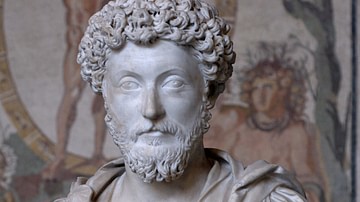
Article
Marcus Aurelius: Philosopher Emperor or Philosopher-King?
Co-authored by Steven Umbrello and Tina Forsee It is very common to hear in both academic circles, as well as more close-knit Stoic circles, Marcus Aurelius (121 – 180 CE) being referred to as the philosopher king. This is not an idea...
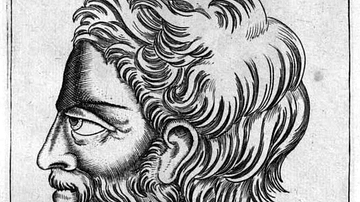
Definition
Archelaus (Philosopher)
Archelaus of Athens (l. c. 5th century BCE) was a Pre-Socratic philosopher in ancient Greece who claimed the first cause of existence was the opposition of cold and heat which caused the separation of the universal essence to produce a plurality...

Article
Marcus Aurelius: Plato's Philosopher King
Plato's concept of the Philosopher-King (one who governs according to philosophical precepts and higher truths) is thought to be best exemplified through the Roman emperor Marcus Aurelius Antoninus (r. 161-180 CE), the last of the Five Good...
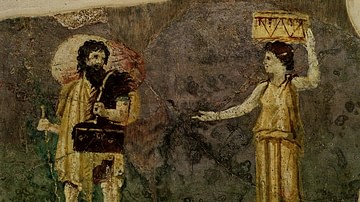
Article
Hipparchia the Cynic: Devoted Wife, Mother, & Outspoken Greek Philosopher
Cynic philosopher, wife of Crates of Thebes (l. c. 360 – 280 BCE), and mother of his children, Hipparchia of Maroneia (l. c. 350 – 280 BCE) defied social norms in order to live her beliefs. She is all the more impressive in that she taught...
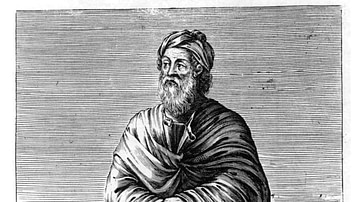
Article
Xenophanes the Visionary Poet Philosopher
Xenophanes of Colophon (l.c. 570-c.478 BCE) is known as one of the Pre-Socratic philosophers of ancient Greece, so-called because they pre-date Socrates (l. c. 470/469-399 BCE), recognized as the Father of Western Philosophy. The Pre-Socratics...
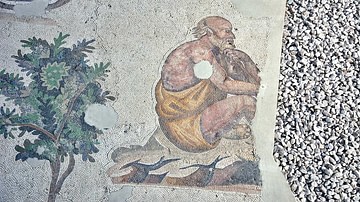
Image
Philosopher, Byzantine Mosaic
A philosopher sitting on a rock. Byzantine Mosaic, Period: Early Byzantine, circa: 6th century CE. Place: Constantinople, (Modern Istanbul, Turkey). Great Palace Mosaic Museum, Istanbul, Turkey. The Great Palace Mosaic Museum was inaugurated...
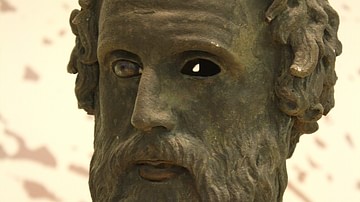
Image
Head of a Philosopher, Brundisium
The bronze head of a Greek philosopher. 4th century BCE, Brundisium, southern Italy. (Archaeological Museum of Brindisi, Italy)
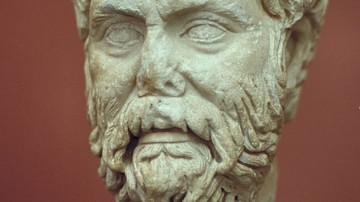
Image
Marble Head of a Greek Philosopher
Marble head of a philosopher, early Roman copy (2nd century BCE) of a bronze Greek original from the 4th century BCE.
Archaeological Museum of Corfu.
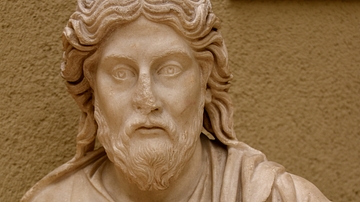
Image
Bust of a Philosopher or Monk from Gedikpaşa
This marble bust depicts either a philosopher or a monk. Late 4th to early 5th century CE. From Gedikpaşa, Fatih, Istanbul, in modern-day Turkey. (Museum of Archaeology, Istanbul, Turley).

Image
Marble Head of a Philosopher
1st- or 2nd-century CE Roman copy of a Greek statue of the last quarter of the 3rd century BCE.
There are striking similarities between this head and portraits of Aristotle (384–322 BCE), but the identity of this man remains unknown.